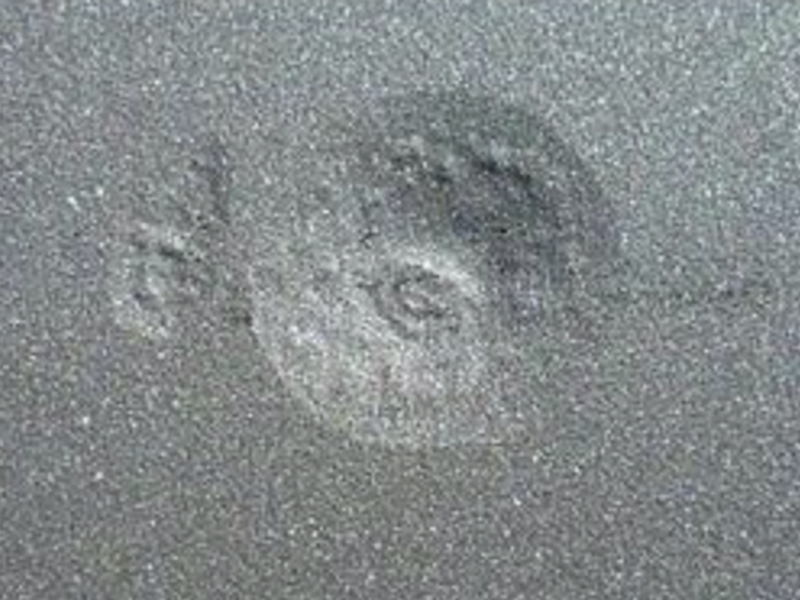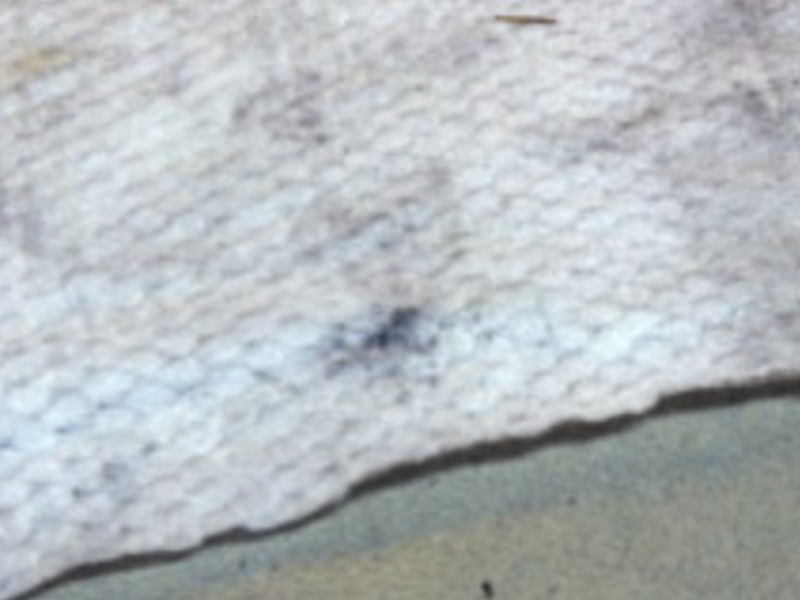Greg Terrell, Pretreatment Product Manager at Coventya, Inc., had someone contact him recently with this question: We are plating 4130, 9300 and a couple other alloys through cyanide cad and are experiencing random pitting that we cannot trace to current density. The pits do not go to substrate, so we have ruled out the pretreatment. Can you visit and offer a fresh set of eyes?

In my nearly 30 year career in metal finishing, I have learned to cringe when a problem is described as ‘random’. A wise man in the early 1990’s once told me that plating is 50% science and 50% art, and it is the artistic or experience side where you will spend the most time tracking down a root cause of a problem.
So, after my second plane ride since February, I arrived at the customer to find that these alloys in question were also heat treated to around 60 HRC. We began by reviewing the alloy constituents of the substrates followed by a review of the current processing for these parts. We completed hull cell work and analytical characterizations of the cadmium bath that showed nothing wrong. They were operating with a traditional soak cleaner, electroclean, and strong HCL cycle followed by cyanide cad plate. Upon wiping of the parts after the acid, we did not notice any appreciable smut, but knowing we were dealing with high hardness and multiple alloying elements in these alloys, we decided to change the sequence and double back through the electrocleaner after the acid step and then skipping the acid this time going into the cad plating tank.
This change in the process cycle sequence significantly reduced the pitting, but parts still did not make it through quality control. We then added 2 opg of ammonium bifluoride to the acid and processed 6 flight bars through the modified cycle that all made it through QC…phew.
I was then tasked with explaining my thinking and offering ideas toward the root cause of the issues, because, as you may imagine, it was difficult convincing them that the issue was not with the cad plating tank related to agitation or some obscure contaminant. This demanded a discussion on the nature of surface smuts, where they are produced in a cleaning cycle, and how to recognize and cure their negative effects.
Alloying elements are added to steels during manufacturing to impart surface characteristics depending upon their end use. In the case of the high strength low alloy 4130, it is considered a chromium-molybdenum alloy but also contains silicon, manganese and carbon. These elements are expressed to exist within a certain percent by weight, but due to manufacturing, heat treating and machining, the alloy constituents can actually exist in higher localized percentages which can be a challenge during pretreatment.
Chemical Composition of Alloy 4130
- 0.28 - 0.33% Carbon
- 0.8 - 1.1% Chromium
- 0.7 - 0.9% Manganese
- 0.15 - 0.25% Molybdenum
- ≤ 0.035% Phosphorus
- 0.15 - 0.35% Silicon
- ≤ 0.04% Sulphur
When it comes to surface smuts, there are generally two kinds to be considered for any preparation sequence. First, a non-conductive type - usually inorganic particles - may be dirt, abrasives from buffing compounds, carbon, silicon or other alloying constituents. These can be brought to the surface during an etching or severe pickling operation, or a carbon deposit left from heat treating, brazing, gas welding, etc. Second, a conductive type - usually metallic - may be originating from metallic fines resulting from buffing or polishing or may also occur as a result of machining, drawing, or stamping operations. Metallic fines frequently are strongly attracted to the surface and may adhere sufficiently to interfere with oil removal in area of contact. Sometimes smut can occur as a result of contamination of acid.
It is important to identify both kinds of potential smuts as the removal method required is different for each type. Non-conductive smut types can usually be removed by reverse current cleaning. In difficult cases, it may be necessary to use high current densities and/or heavily chelated materials. Chelating materials are usually also good deflocculants and help to remove these smut types, both by deflocculating or suspending them in solution, and by dissolving a small amount of base metal, thus helping to remove it from the surface. In some cases, it may even be necessary to use an alkaline deruster type of cleaner formulation, possibly even with periodic reverse (P.R.) current.
Conductive smuts, with the exception of those actually formed due to contamination of the acid, do not usually respond well to reverse (or direct for that matter) current cleaning. Since they are metallic, they respond more readily to strong acids. Metallic smuts on steel, for example, may require hydrochloric acid as strong as 75% v/v dilutions. . As mentioned previously, these metallic smuts may be held on the surface strongly enough that they will prevent complete oil removal and the presence of the oil will show up after they are removed. If this occurs, a subsequent cleaning step may be necessary.
It is notable in this case study that the traditional wipe test after acid was negative. This is an important lesson since all smuts may not be readily visible, so “peeling back more layers of the onion” as the expression goes is important in the identification of root causes for all troubleshooting cases. Surprisingly, the fact that the pitting did not occur all the way to the substrate remains a mystery, and I can only speculate that silicon may have been encapsulated in the plating layer which was solved by adding the fluoride salt into the acid activation.
Greg Terrell is Pretreatment Product Manager at Coventya, Inc. Visit Coventya.com




































